USPTO Updates Guidance on Subject Matter Eligibility - Improving Chances for Grant of Software Related Patent Applications
January 28, 2019
By: Philip T. Mazoki
- The USPTO published revised guidelines enumerating subject matter groupings of abstract ideas and clarifying that a claim reciting a judicial exception is patent eligible if the judicial exception is integrated into a practical application.
The USPTO published revised examination guidelines for determining subject matter eligibility under 35 U.S.C. § 101 in an effort to improve clarity, consistency, and predictability. The revised guidelines enumerate subject matter groupings of abstract ideas and introduce a revised eligibility test having a new “practical application” standard.
After Alice Corp. v. CLS Bank International, the seminal case on patent subject matter eligibility, examiners analyze subject matter eligibility under 35 U.S.C. § 101 by first determining whether the claimed invention falls within one of the four statutory categories of invention: process, machine, manufacture, or composition of matter. Under both the prior and revised guidelines, a claimed invention within one of the four categories of invention recites patent eligible subject matter unless the claim is “directed to” a judicial exception, such as a law of nature, a natural phenomenon, or an abstract idea.
It has been difficult for the USPTO and applicants alike to consistently identify claims “directed to” a judicial exception. The revised guidelines attempt to unify an ever-growing body of post-Alice case law and provide clarity for the subject matter eligibility analysis. To that end, the revised guidelines improve the procedure for determining subject matter eligibility by enumerating subject matter groupings considered to be abstract and providing examples. Under the revised guidelines, the enumerated groupings of abstract ideas are (1) mathematical concepts, (2) methods of organizing human activity, and (3) mental processes.
The guidelines also modify the “directed to” analysis. Now, a claim is not “directed to” a judicial exception, and is therefore patent eligible, if the judicial exception is integrated into a practical application. While “practical application” is defined only by example instead of a bright line test, examiners will consider aspects such as if elements of the claim reflect improvement in the functioning of a computer, or if elements implement the judicial exception (e.g., the abstract idea) in conjunction with a particular machine or manufacture integral to the claim. Additionally, examiners will consider if the claim’s elements effect a transformation or reduction of a particular article to a different state or thing, or if the elements apply the judicial exception in some other meaningful way beyond generally linking the use of the judicial exception to a particular technological environment. The “practical application” test can provide an additional path to patent eligibility under 35 U.S.C. § 101.
The guidelines caution that the claimed practical application must be a meaningful limit on the judicial exception. Integration into a practical application cannot simply be a drafting effort designed to monopolize the judicial exception. For example, elements are not considered integrated into a practical application if they merely include instructions to implement a judicial exception on a computer, introduce insignificant extra-solution activity, or do no more than generally link the use of a judicial exception to a particular technological environment or field of use.
With these changes in the examination guidelines, applicants should consider including features directed to practical applications in claims facing a rejection under 35 U.S.C. § 101. Further, because software-related inventions are typically utilized for practical applications, many software inventions may comply with 35 U.S.C. § 101 if details of an invention’s application are incorporated into the claims.




